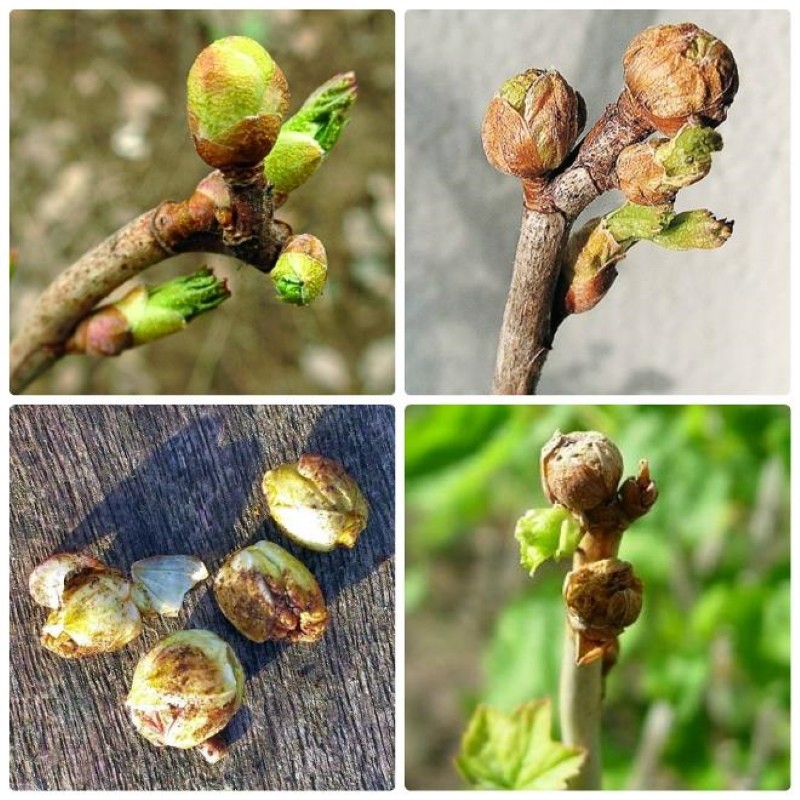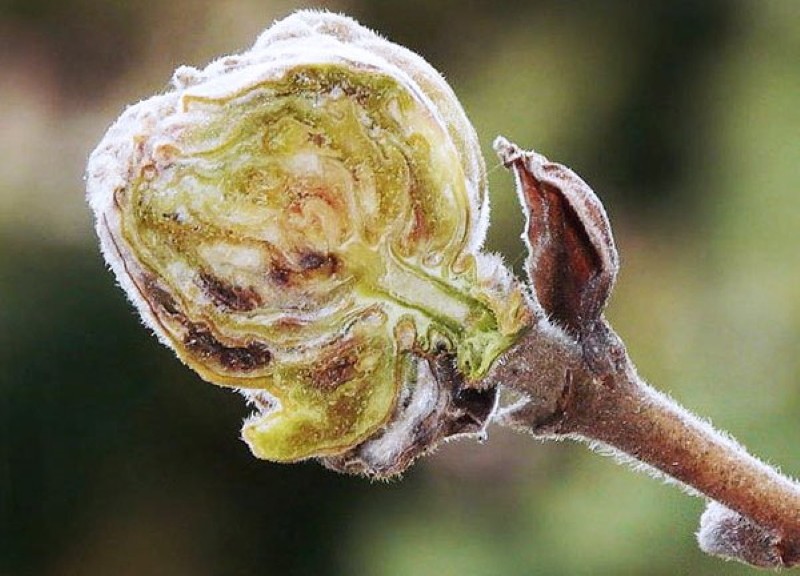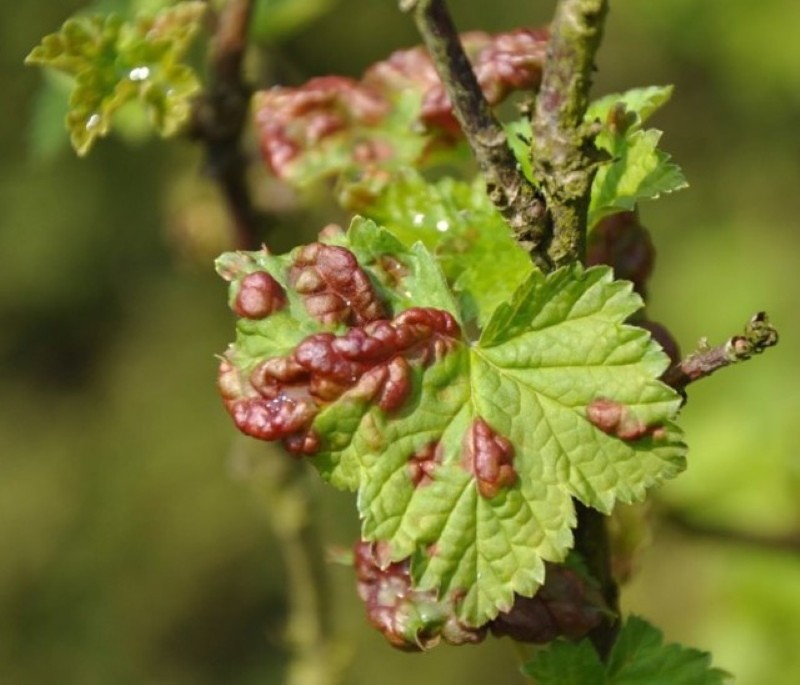The most dangerous enemy of berries is a bud mite on currants, control measures
 This pest of berries can not only rob you of your harvest, but also completely destroy the plants, and in the entire garden. One of the smallest, but very dangerous insects is a kidney mite on currants, measures to combat it should be taken immediately, until the pest has infected all the crops growing nearby. Having just microscopic dimensions, the mite reliably hides for the time being in dormant buds, laying eggs there. Therefore, the main difficulty in getting rid of it lies in the inability to notice unwanted guests in time. When the hatched larvae are released, the currants are already in full bloom. And the pests themselves, with the help of the wind, conquer new territory.
This pest of berries can not only rob you of your harvest, but also completely destroy the plants, and in the entire garden. One of the smallest, but very dangerous insects is a kidney mite on currants, measures to combat it should be taken immediately, until the pest has infected all the crops growing nearby. Having just microscopic dimensions, the mite reliably hides for the time being in dormant buds, laying eggs there. Therefore, the main difficulty in getting rid of it lies in the inability to notice unwanted guests in time. When the hatched larvae are released, the currants are already in full bloom. And the pests themselves, with the help of the wind, conquer new territory.
Symptoms of the defeat of currants with a tick


If you do not notice and do not destroy the masonry in time, then the following signs of a tick can be seen in spring or summer:
- young leaves are irregular in shape and spin;
- foliage color becomes lighter;
- red spots appear on the leaf plates;
- shoots stop growing;
- red and thin young branches appear that do not bloom, but only take food from the bush.
In addition to fertility, the kidney mite is dangerous because it can be a carrier of viral diseases... Most often this is the doubleness of the flowers and the reversion of the leaves, while there is no cure for such viruses, only the complete destruction of the bushes.
Kidney mite on currants - control measures
 The most effective way is to notice the swollen buds in time and destroy them before the larvae hatch, cutting off along with the shoot. To prevent reproduction and further infection, inspect currants in the fall and early spring. The bush will give new branches already healthy, and the tick does not live in the soil under it.
The most effective way is to notice the swollen buds in time and destroy them before the larvae hatch, cutting off along with the shoot. To prevent reproduction and further infection, inspect currants in the fall and early spring. The bush will give new branches already healthy, and the tick does not live in the soil under it.
After removing the affected areas, you can treat the currants with folk remedies, for example;
- hot water (pour over the bush in early spring until the buds have blossomed);
- infusion of garlic, mustard or dandelion;
- lime-sulfur solution (during and after flowering period).
Chemicals will give the best effect, but keep in mind that they can be used only during a certain period, during flowering and after the end of fruiting. Biological products Aktofit or Fitoverm, as well as insectoacaricides Apollo or Kontos, can be used against the kidney mite. And after you harvest the berries, you can process the BI-58 currants.